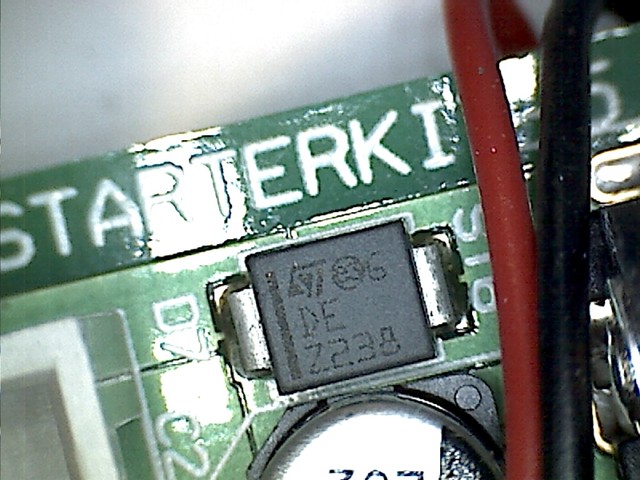You can easily work out the voltage rating as follows:
1) Look at the rating of the capacitor that it sits next too, it’s breakdown voltage must be less than this!
2) Measure the rail voltage across one on a “working” pcb, the breakdown voltage will be just a little above that value
3) Unsolder a good one, use a bench powersupply in constant current mode to find the breakdown voltage
I suspect, this device is acting as the supply rail protection device, and was killed by a reverse polarity supply (the most common cause of dead electronic do-dahs!) I imagine the “dead” one is obvious because it’s toast!
